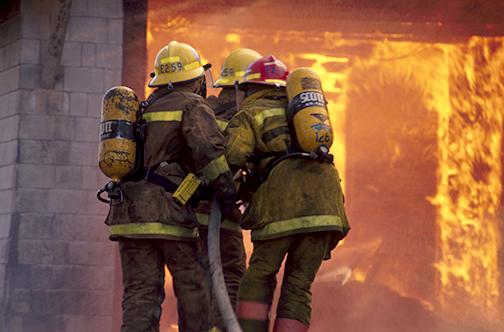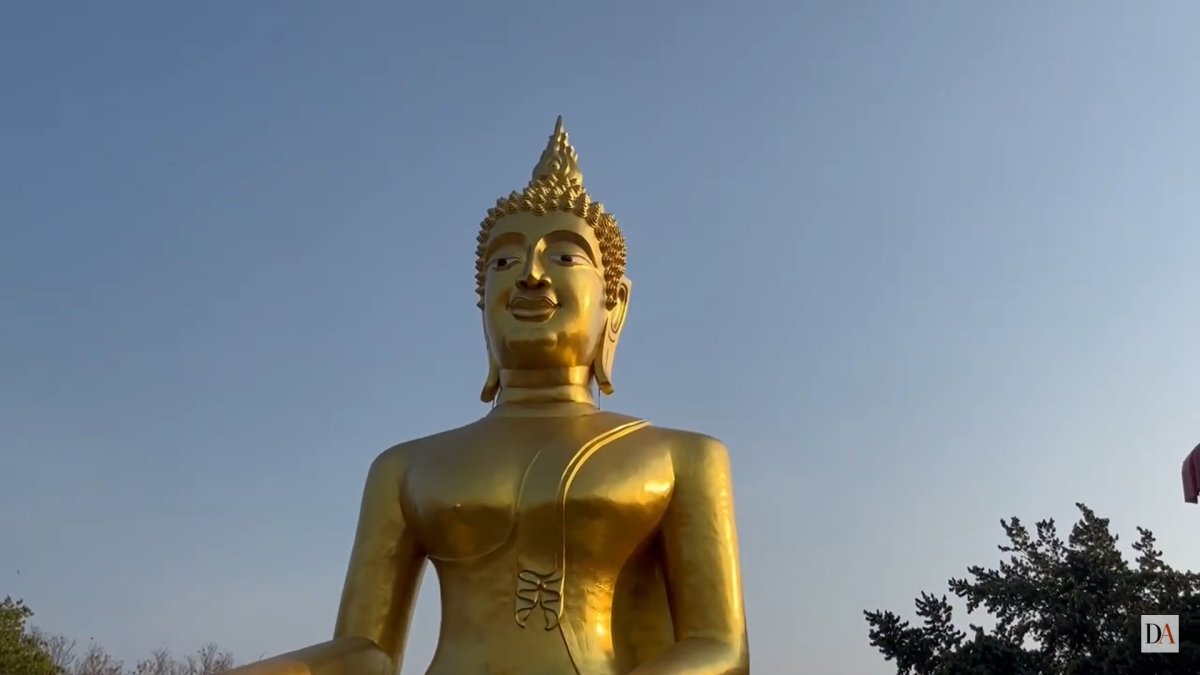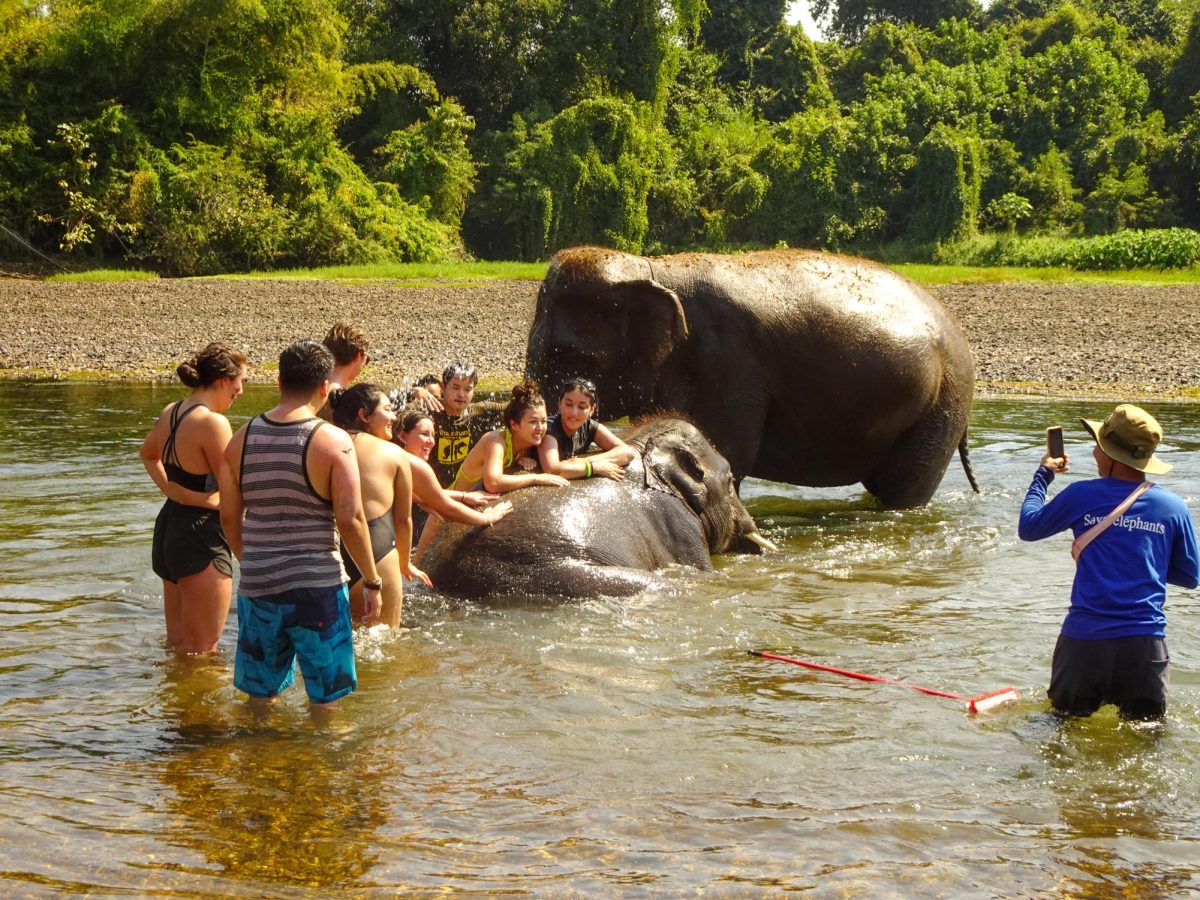Starting this fall, San Diego State will partner with Cal Fire, the U.S. Forest Service, and other major first responders in a study that will measure the physiological stress put on firefighters in the field.
Matt Rahn, a professor of environmental sciences and the director of the SDSU Field Stations Program is leading the study. Rahn previously led the Initial Attack Effectiveness Wildfire Staffing Study in 2010. Rahn found that having four firefighters staffed to a fire engine as opposed to three increased response effectiveness by more than 50 percent, according to the study. Now, he’s focusing on firefighter effectiveness and how it is improved if they are healthy and safe.
“Wildland firefighters experience the limits of what the human body was meant to withstand in some of the most extreme environments on the planet,” Rahn said. “It is undeniable that the physical exertion and atmospheric exposures that firefighters experience have significant impact.”
Cal Fire Battalion Chief Curtis Brown agrees that a study is needed to better understand the stresses.
“Matt and I have worked on firefighter research since 2009,” Brown said. “After looking at health data collected from the Initial Attack Effectiveness study, it was clear that more research was needed related to firefighter health.”
Federal funding for the study began last month. Contract and MOU discussions between Rahn, Cal Fire and other partners took place in Sacramento last Friday. Research is already underway for the study, which Rahn expects to last at least another year.
The initial $475,000 study will gather data on firefighters battling both controlled burns and real wildfire events to measure the physiological affects of the adrenaline-spiking conditions they face. Before heading out into the blaze, firefighters will be fitted with electronic chest straps that measure heart rate and respiration, and accelerometers to record movement. They will each swallow a pill that monitors core body temperature for up to 12 hours after ingestion and send the information back to researchers in real time.
Eventually, Rahn said, the study will hone in on the damaging effects of exposure to heat and hazardous air pollutants such as carbon monoxide and smoke.
Brown added that Cal Fire, the SDSU Research Foundation and CDF Firefighters plan to collect the data and send it out to various fire service agencies across the nation. Additionally, the U.S. Forest Service will use the data in conjunction with its own ongoing study of heat-related illness in firefighters wearing various types of personal protective equipment, or PPE.
“The leading causes of firefighter morbidity and mortality include overexertion, cardiac-related issues and exposure to smoke and air contaminants,” Rahn said.
He added that during a 29-year period from 1977 to 2006, a total of 338 firefighters were killed in the U.S. while responding to or returning from wildfires. Among those 338 were 19 firefighters who succumbed to intense heat and lethal conditions while battling the Yarnell Hill fire in Arizona this June.
Rahn hopes gaining detailed insight into the physical consequences of fighting fires will make these health and safety risks more apparent and, as a result, more easily avoidable.
“Increases in physical stress, heart rate and respiration may have a significant impact on attack effectiveness and response,” Rahn said. “Once we have the opportunity to collect and understand this information, we can begin to identify strategies, tactics and even technological solutions to improve the health and safety of wildland firefighters.”
Photo Courtesy of ThinkStock.










